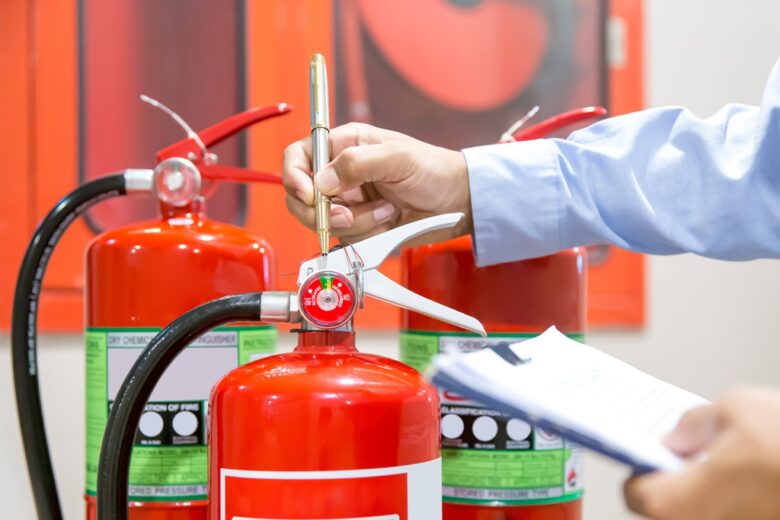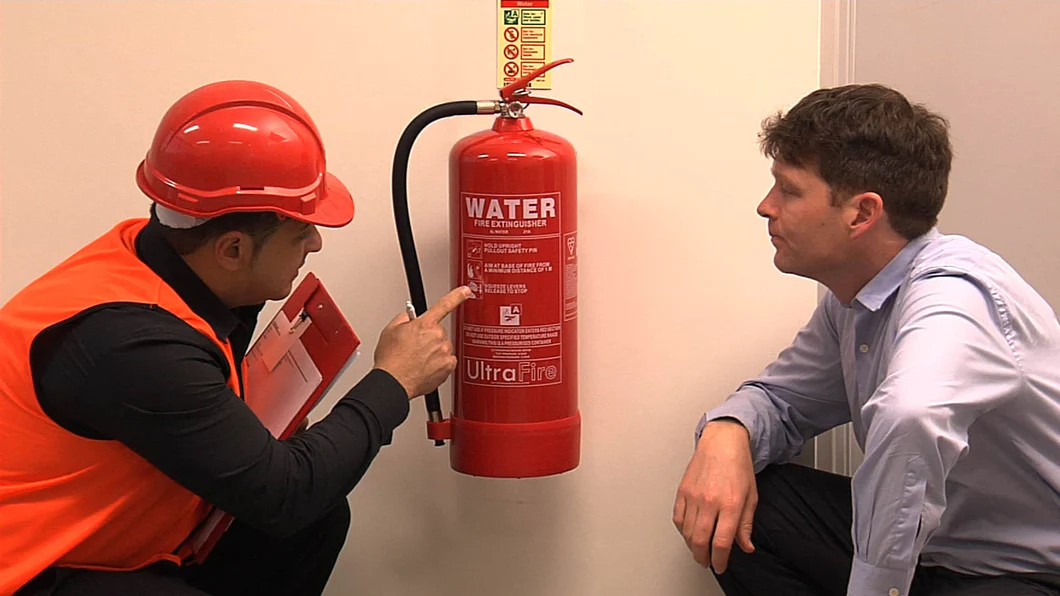Lifeline fire system inspection are crucial for all buildings to prevent fires, save lives and avoid costly damage. Thorough inspections by qualified professionals identify issues early so that problems can be addressed before emergencies occur. Having properly functioning fire systems also allows buildings to comply with fire codes and regulations.
Contents
Preventing fires and saving lives
The primary purpose of fire system inspections is to help prevent fires from occurring and save lives if fires do occur. Identifying and fixing deficiencies minimizes the chances of fire systems failing when they are needed most. Thorough inspections give building occupants precious extra time to evacuate safely.
Ensuring systems function properly when needed
Inspections verify that all fire systems and components, like smoke detectors, alarms, sprinklers and fire extinguishers, will work correctly when an emergency happens. Faulty systems that seem fine under normal conditions could fail catastrophically. Preventative maintenance saves lives.
Identifying issues early
Comprehensive inspections by knowledgeable professionals detect minor deficiencies before they become major problems. Fixing issues early is much less costly than replacing entire fire systems after a failure. Early detection also reduces the chances of fire code violations.
Complying with fire codes and regulations
Most areas require routine professional fire system inspections to comply with fire codes and standards. Skipping inspections can lead to severe penalties and lawsuits if catastrophic fires occur. Staying code-compliant through regular high-quality inspections protects buildings and occupants.

Source: firesystems.net
Hiring Qualified Professionals
Choosing experienced, licensed fire systems inspectors who thoroughly assess all components is key to getting reliable results. Look for professionals with the right qualifications and expertise.
Licenses and certifications
Reputable inspectors hold active licenses, like the NICET fire alarm system certification. Certifications indicate up to date technical skills, inspection knowledge and code expertise specific to fire systems.
Experience inspecting various fire systems
Look for seasoned lifeline fire system inspection veterans who have inspected all types of systems, including sprinklers, fire alarms, emergency lighting, fire pumps and kitchen suppression. They understand real world implications from past experience.
Up to date on codes and standards
Professionals should prove technical competence regarding the latest editions of fire codes, like NFPA 72, to identify all code issues. Ask about their ongoing fire systems training. Outdated information leads to missed issues.
Strong attention to detail
Meticulously careful inspectors will thoroughly test all system components, properly calibrated tools, and detailed reporting. Sloppy, rushed inspections miss critical defects. Prioritize attention to detail.
Good communication skills
Inspectors need to translate technical details into actionable recommendations. They should clearly explain issues uncovered and advise on smart solutions, using photos, diagrams, and plain terms. two past client references gauge communication abilities.

Source: theconstructionindex.co.uk
Thorough Inspection Process
A comprehensive fire system inspection process carefully checks all aspects of the system. Rushing leads to overlooked hazards. A thorough inspector will:
Visually examine all components
All system equipment, devices, wiring, tubing, and signage should be visually inspected for any apparent damage or issues. Missing or painted-over components can hinder fire safety.
Test alarms and safety mechanisms
Every alarm, horn, strobe, pull station, tamper switch, supervision circuit, and back-up power source should be manually triggered to ensure proper functionality. Faulty devices give false security.
Assess water supply/sprinklers
Water-based suppression requires verifying adequate water supply, checking all piping, and testing representative sprinkler activation. Shutoff valves must work correctly. Blocked sprinklers and deficient water undermine the system.
Check emergency lighting/exits
Proper illumination guides safe evacuation during fires. All exit signs and emergency lights should be tested for adequate brightness. Clear egress routes save lives.
Document with photos and detailed reports
Thorough photo documentation pinpoints component locations and illustrates discovered issues. Concise, accurate reports guide necessary repairs and upgrades for optimizing safety. Sloppy documentation obscures hazards.

Source: alertmedia.com
Getting Reliable Results
Using proper procedures and correctly identifying all issues leads to fire system inspection results you can rely on. Prioritize reliability with:
Using proper inspection equipment
Field-appropriate tools like calibrated meters, two-way radios, testing equipment, ladders, and flashlights are necessities during inspections to get accurate, consistent measurements. Guessing instead of testing produces uncertainty.
Following codes and manufacturer guidelines
Compliance with the latest technical standards ensures no overlooks through reliance on outdated methods. Manufacturer guidelines cover optimal system functionality. Reference accepted best practices.
Identifying issues accurately
Inspections uncover multiple minor deficiencies yet avoiding false positives or trivial finds. Separate significant hazards from maintenance recommendations clearly in reports. Cry wolf constantly erodes credibility.
Providing clear recommendations
Inspectors should translate raw technical findings into actionable repair/upgrade guidance for clients. Reports might advise frequency of follow-ups to confirm resolution. Unclear vague reports leave clients guessing.

Source: fivestartrainingmke.com
Partnering with the Right Company
Choosing an established, reputable fire systems inspection firm with extensive expertise minimizes disappointment. Gather background intel through:
Researching experience and expertise
Look for long tenured companies with decades in the field and thousands of past inspections completed successfully. Check for satisfied customers across various industries.
Checking licenses and certifications
Reputable companies tout up to date, relevant licenses and certificates indicating their technicians stay current on the latest procedures, technologies and codes.
Requesting references from past clients
Ask for two or three references to contact about service quality received in the past. Candid input on reliability, thoroughness and communication provides valuable perspective.
Comparing services and prices
Choose companies offering full service inspection capabilities across all fire systems with tiered pricing packages to suit varying complexity levels and budgets. Cost alone overlooks value.
Going with reliable, established companies
The inspection company’s reputation matters more than lowest bidders with uncertainty about dependability. Skimping here heightens risks considerably, so emphasize reliability first.

Source: vanguard-fire.com
Conclusion
Regular comprehensive lifeline fire system inspection by qualified professionals are indispensable for reducing fire hazards. Prioritizing certified expertise, methodical thoroughness, clear reporting and established reputability gives building owners reliable results on which to base upgrade decisions. Optimizing fire safety saves lives and property when rapid response matters most.
